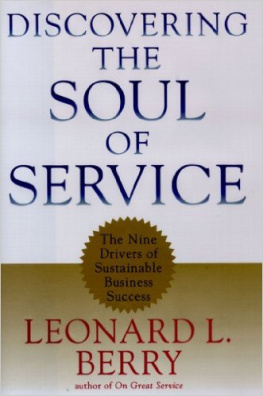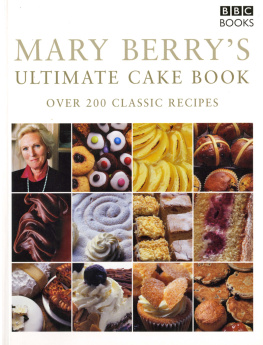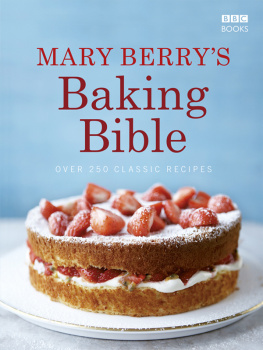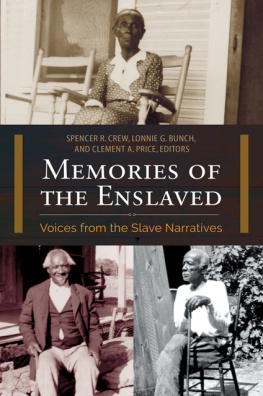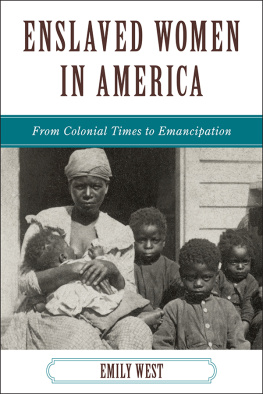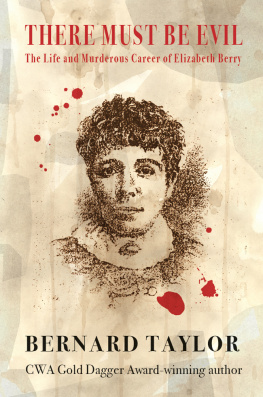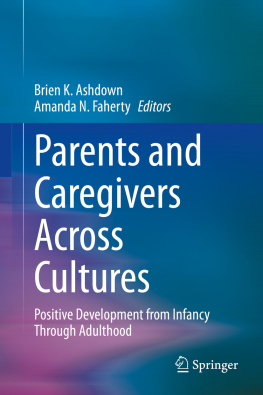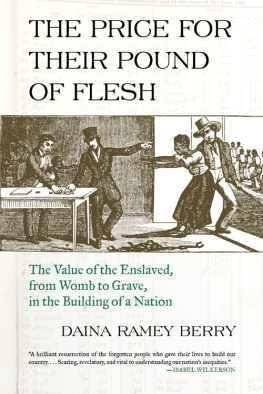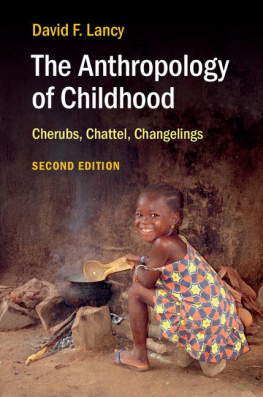
For my cousin Felicenne Houston,
who introduced me to the inner spirit
and allowed others to live beyond her death.
For my parents, Melvin and Felicenne Ramey,
who taught me the infinite value of my soul.
Authors Note
In a very real sense, Ive been living with this book since childhood. I grew up in a small college town in California, in an area where most of my peers would say they didnt see race. However, much of my upbringing involved assessing the value of blackness. We lived in a pleasant community with close friends nearby. My father was the second African American scholar hired at the local university where my mother completed her law degree. After law school, she became a professor at a public institution in a neighboring city. Most of my friends parents were professors as well. Although teaching came naturally to me, I initially pursued a career path outside the academy. But as I aged, I decided to become a professor in the hope that I could help others make sense of both the valuation and devaluation of blackness that shaped my upbringing.
Historically, black bodies in the United States have represented two competing values: one ascribed to the internal self and the other to the external body. White valuation of the black body under slavery is one of the most dramatic historical examples of the latter. An enslaved person had individual qualities that enslavers evaluated, appraised, and ultimately commodified through sale. Yet enslaved people had a different conception of their value, one that did not appear in historical scholarship until the late 1990s. My parents were the first to expose me to the history of slavery. They also taught me about internal values, which came from that legacy but were much different than the value of enslaved people. But in other settings, such as school, I noticed a different set of external principles that ascribed a negative association to my heritage.
Through each stage of our lives, my parents validated my brother and me, encouraging pride in our lineage and giving us a strong sense of who we were in the world. We celebrated and studied our genealogy by filling our house with art from the African diaspora. At a young age, I learned to value blackness in the form of imagery, history, and ancestry, understanding that we stood on the shoulders of many who gave their lives for us. However, as I grew and matured, I constantly experienced devaluation that contradicted the values presented at home. When I was in preschool, other children treated me like a pet: some boldly patted me on the head to feel my hair texture. In kindergarten, one classmate asked, Why are your palms white and the rest or your body black? A year later, when I was six, the neighborhood bully called me a dirty nr. And, in first grade, a classmate asked me what it was like to be a slave.
In school, I was reminded that something about me was different and not valued. I didnt see anyone who looked like me in the books we read or on my schools staff, or who represented me during career day. On Halloween in second grade, children snickered at the Afro-pumpkin that I had so carefully crafted to submit to the pumpkin contest. I loved my pumpkin and thought it would win a prize. Not only was it black and beautiful, sporting an Angela Davis hairstyle, but my mother was one of the judges! Every time I valued aspects of my black girlhood, my African American ancestry was ridiculed and devalued. In social studies, I could not understand why some of my classmates stared at me with pity and sorrow when teachers mentioned slavery and civil rights history. I was raised to be proud of this history, not ashamed. I come from a lineage of survivors.
My life has always been structured around the academic calendar because of my parents careers and the community in which we lived. In each stage of schooling from elementary and middle to high school, we took summer tours around the United States. These long road trips from the west to the east, north, and south, exposed my brother and me to the diverse group of people who shaped this country, from the Mayan and Powhatan, to the Italian, Irish, and Polish immigrants who entered the United States through Ellis Island. We studied the Donner Party and the California Gold Rush as well as American slavery on Southern plantations. We hiked the Appalachian Mountains, backpacked in the Grand Canyon, chased bison at Yellowstone National Park, and learned about water technology at the Hoover Dam. During the long car rides in between destinations, we played games and took pictures every time we crossed a state line. My parents gave daily lessons on a range of topics, from creating a budget and managing money, to understanding anatomy and physiology. Those educational road trips meant a great deal to me, and I was filled with mixed emotions during the last one, when my parents drove me to college.
During my undergraduate education, my organic curiosity about values persisted, and I decided to major in economics. Things changed when I took a class on slavery from a female professor who looked like me. It was my first experience outside of the home in which I learned about African American history and my peers did not stare at me. This professor, Brenda E. Stevenson, supported my curiosity and encouraged me to become a historian. She was the second scholar to suggest that I study history, and later, she became my dissertation advisor. The first person to recommend I study history was a visiting scholar I confronted a year earlier for his excessive use of the N-word in an African American survey course. These experiences, one positive, the other negative, played an important part in my decision to pursue a graduate degree in history. I knew I wanted to write books about slavery without alienating my audience.
Remnants of my upbringing resurfaced in graduate school in a pendulum-like manner. I felt like a balance ball in Newtons cradle being pounded with racism on one side and academic success on the other. The ups and downs were difficult, but I found my way to a platform from which I could study and share the tremendously difficult balancing act enslaved people navigated as human property. This book is evidence of that journey.
How is black life valued and devalued at different points in American history? This is the fundamental question at the center of my life and my work. The seesaws and pendulums I experienced led me to look to history for answers. I found them, but also found many more questions in the voices and experiences of those who were enslaved. These questions inspired me to analyze value and personhood.
While I, and other scholars, contend that enslaved captives aboard slave ships in the Middle Passage had their personhood devalued, it is also true that their bodies, as commodities, increased in value over the course of their lives, reaching a peak in early adulthood. The tension between person and property merged in human chattel, and their awareness of their market value evolved as they matured.
Dave Harper and many other formerly enslaved people taught me about the valuation and devaluation that comes with blackness. I was sold for $715, he shared in a postslavery interview in the late 1930s. When freedom come, he said, give me $715 and Ill go back. Harper and others knew that they were more valued in slavery than in freedom. Henry Banner noted, I was sold for $2,300more than Im worth now. Some scholars deliberately interpreted such reflections to mean that enslaved people preferred captivity to freedom. This bothered me. I couldnt fathom why anyone would prefer captivity unless they did not value themselves. The many voices I encountered in the archives, as I wrote articles, books, and encyclopedias about gender and slavery, spoke to me loudly and clearly. Enslaved people, of course, preferred freedom.



